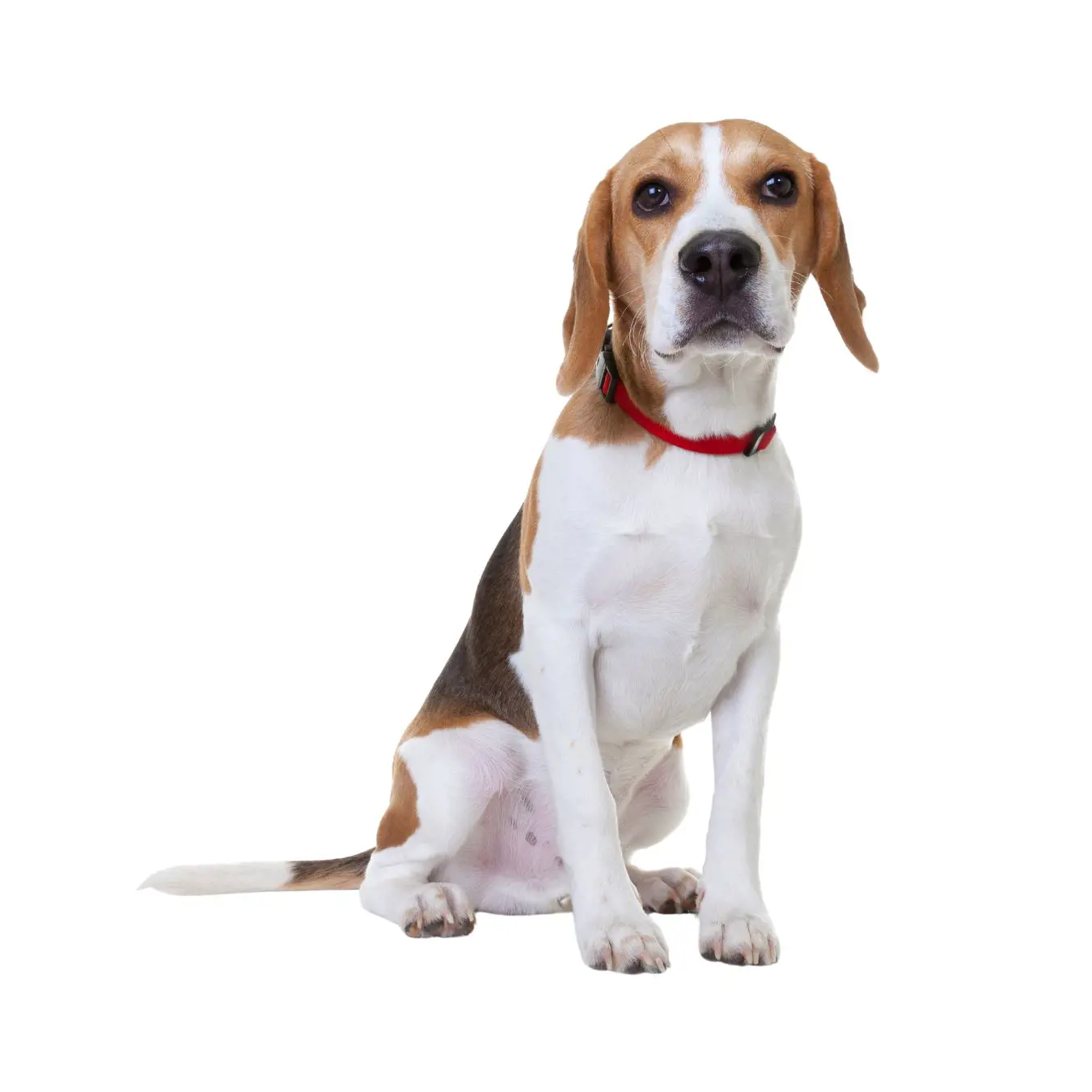
Top 6 vital stats about Great Danes...
Social
Good with other kids and other pets
Exercise
1+ hours a day of exercise
Grooming
Brush weekly
Feeding
2 times a day
Training
Requires consistency and patient approach
Shedding
Light shedding
Great Dane health conditions & temperament
Do Great Danes need a lot of grooming?
Regular brushing, once a week, is sufficient to keep their coat healthy and to minimise shedding.
Do Great Danes suffer from health conditions?
These canines are susceptible to cardiac conditions, hip dysplasia, and bone and joint problems such as osteosarcoma.
Do Great Danes bark a lot?
They may vocalise in response to specific stimuli such as unfamiliar visitors or strange noises, but they are not characterised by needless or constant barking.
General summary
Generally, their short, smooth coat does not require extensive grooming routines. However, it is important to maintain their overall hygiene with regular nail trims, ear cleaning, and dental care. For health conditions, Great Danes have a higher risk of developing bloat or gastric torsion, which is a life-threatening condition requiring immediate veterinary attention. For barking concerns, as with any breed, individual temperament and training play significant roles in a dog's propensity to bark.
Great Dane feeding & attention
How often to feed them?
The frequency of feeding these dogs largely depends on their age. Puppies typically need to be fed three to four times daily, while adult Great Danes may do well with two meals per day.
What energy levels do Great Danes have?
Their activity levels are moderate; they enjoy regular exercise but are not overly energetic, making them suitable for families and individuals alike.
Easy to train?
Consistency, patience, and positive reinforcement are key in training Great Danes effectively.
Care summary
These gentle giants are known for their calm and friendly disposition which often aids in the training process. However, due to their size, it is crucial that they receive proper training from an early age to ensure they are manageable as adults.
Great Dane personality & good to knows
Good with children?
Their temperament is generally well-suited to family life, and they tend to get along well with children and other pets when properly socialised.
Good with people?
Despite their formidable presence, they typically exhibit a calm and loving demeanour towards their families. Great Danes are known for their strong desire for human companionship and are often eager to please, making them relatively easy to train.
Good with other pets?
Great Danes are generally well-regarded for their amiable nature and often exhibit a friendly disposition towards other dogs.
Personality summary
These gentle giants, despite their imposing stature, typically display a calm and sociable temperament that allows them to interact harmoniously with their families and canine counterparts.
Did You Know?

Originally bred for hunting boar, these majestic canines were esteemed for their strength and elegance by European aristocracy.

This distinguished pedigree has earned the breed the moniker 'Apollo of dogs', reflecting their status as a symbol of grace and power within the canine world.

During the 17th century, Great Danes were customarily found gracing the courts of German nobility, who favoured them not only for their hunting abilities but also for their regal appearance and demeanour.
Package available for your Great Dane includes
Bronze
Silver
Gold
Complementary treatment
Up to
£500
per illness/injury
Up to
£750
per illness/injury
Up to
£1000
per illness/injury
3rd Party Liability (dogs only)
Up to
£1M
per illness/injury
Up to
£2M
per illness/injury
Up to
£2M
per illness/injury
Death from Illness*
*Death from illness does not apply to dogs aged 9 and over & cats aged 11 and over
£1,000
£1,500
£2,000
Death from accident
£1,000
£1,500
£2,000
Great Dane Training & Exercise
-
Great Danes are generally considered to be quite receptive to training, owing to their eagerness to please their owners and their notable intelligence.
-
It is imperative for owners to provide consistent socialisation opportunities for Great Danes to maintain their amiable disposition.
-
Proper socialisation and training from an early age can ensure that a Great Dane's barking is well-managed and appropriate to the situation.
-
As with all breeds, individual personality traits and early socialisation play pivotal roles in shaping their congeniality with other dogs.
Great Dane Personality Traits
-
While they may appear imposing, they typically exhibit a friendly and affectionate nature, often seeking social interaction with both humans and other dogs.
-
These gentle giants are often described as affectionate, friendly, and patient making them good pets for families.
-
Despite their size, they are known to adapt well to various living environments as long as their social and physical needs are met.
-
It's essential to provide a balanced diet tailored to their specific growth needs, avoiding overfeeding which can lead to health issues such as obesity.
Frequently Asked Questions
Great Danes can stand over 3 feet (91cm) tall at the shoulder.
Great Danes may not be the best choice for first-time dog owners due to their size and specific needs.
For Great Danes to be good with cats, it all depends on their training from an early age. Make sure they have early exposure to cats as this will help the process.
Great Danes are not natural swimmers, so they should be supervised around water.
Great Danes are not suitable for people who live in small homes due to their large size and need for space.























